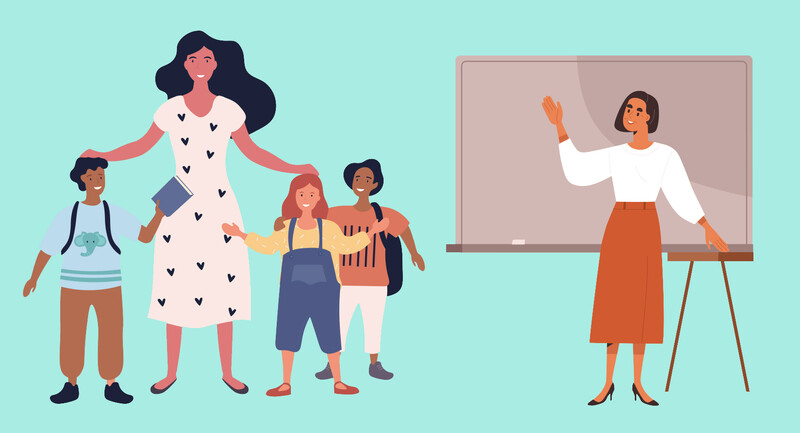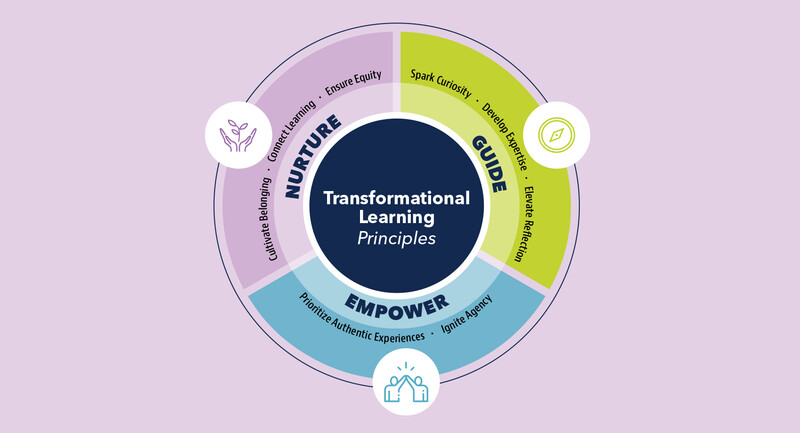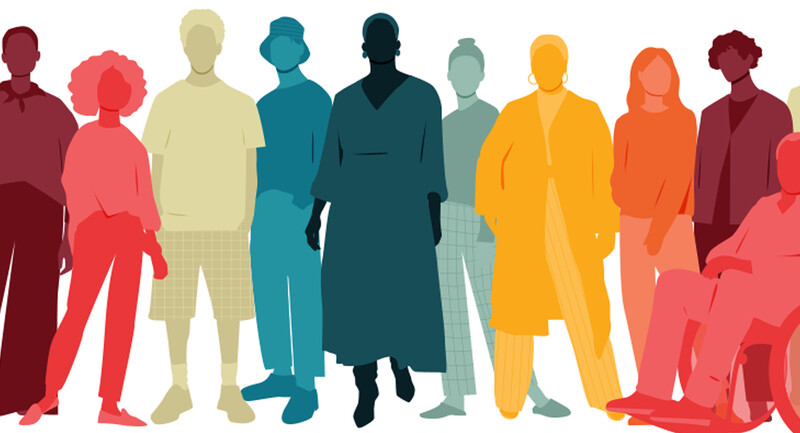Reading Color, Shape, and Line
Literacy in visual art means understanding that color, shape, and line convey meaning. Art literacy means taking the time to engage in the work and allow it to tell its tale. Learning to “read” artwork is much the same as learning to read words by connecting and arranging the pieces in your mind to make a story. This is true whether you are an artist or a viewer of art.
—Dana Squires, teaching artist, Olympia, Washington
Turning Arguments into Action
Literacy in social studies means critically consuming and producing arguments based on evidence from high-quality sources. Social studies learners examine a variety of sources to answer their questions. Communicating with an authentic audience about conclusions drawn from [these] sources provides opportunities for our learners to take informed action and make the world a better place.
—Cindy Assini, supervisor of social studies, West Windsor-Plainsboro Regional School District, West Windsor, New Jersey
Leveraging Languages and Cultures
(Multi)literacy across the disciplines leverages multilingual learners’ assets, experiences, and perspectives so that every student has the potential to become an empowered
agent and productive contributor to this ever-changing world. By championing multiliteracies that are affirming to multilingual learners, teachers uphold students’ languages and cultures as strengths and resources to further their learning.
—Margo Gottlieb, lead developer, WIDA Consortium, Madison, Wisconsin
Measuring Literacy as a Leader
While we know literacy means the ability to read or write, as a school leader, I view the meaning of literacy from a different perspective. As a principal at a preK–12 campus, literacy can take on various forms. Literacy can be how students feel, speak, and draw things they have learned. My definition of literacy may not be measured on the same scale of state assessments, but it is based on my students’ interpretation of the world around them and how they communicate those experiences with peers, teachers, and parents at home.
—Amanda Austin, director, Iberville Math, Science, and Arts Academy East, St. Gabriel, Louisiana
Connecting Texts to Career Paths
Career and technical education offers students a rich opportunity to practice and master literacy skills. Research shows that when a text is connected to a person’s interests, reading becomes more meaningful and engaging. The CTE world connects student strengths and interests with career-ready, transferable skill development. CTE learning experiences rely on literacy skills development in order to decipher and interact with important texts like blueprints, lab directions, safety standards, and training manuals.
—Abigail French, CTE career pathways coach, Frederick County Public Schools, Winchester, Virginia
Empowering Students to Apply New Knowledge
Literacy is power: Literacy in any content area is when students are able to apply the knowledge that has been shared. It brings about an empowering sense of “I understand, I want to learn more, and I can learn anything!” It’s [the] freedom to explore opportunities and achieve goals.
—Gloria Hall, K–3 co-teacher, Winthrop Charter School, Tampa, Florida









